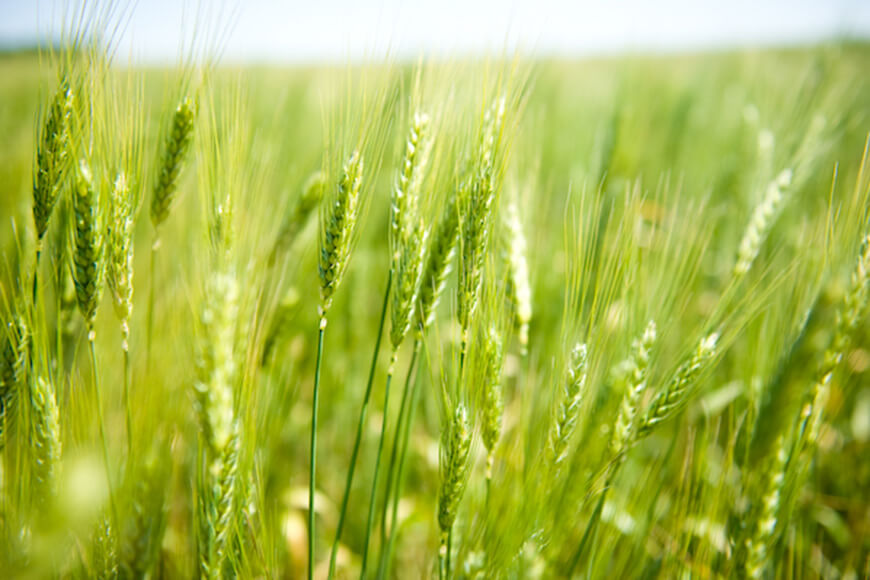
Wheat is a vital staple crop in many African countries, providing a significant source of calories, nutrition, and income for farmers. Selecting the right wheat varieties is crucial for achieving successful cultivation and optimizing yields. In this comprehensive guide, we will explore different wheat varieties suitable for Africa, considering factors such as climate, disease resistance, yield potential, and market demands. By understanding the characteristics of various wheat varieties, farmers can make informed decisions and maximize their wheat production.
- Hard Red Winter Wheat:
- Characteristics: This wheat variety is well-suited for regions with mild winters and moderate rainfall.
- Uses: It is primarily used for bread-making due to its high protein content and strong gluten properties.
- Examples: “Kwale,” “Simba,” and “Seri Mwangaza” are popular hard red winter wheat varieties grown in Africa.
- Hard Red Spring Wheat:
- Characteristics: This variety is adapted to areas with short growing seasons and colder climates.
- Uses: It is commonly used in bread production and has excellent baking qualities.
- Examples: “Njoro 1,” “Pasa 1,” and “Pavon 76” are notable hard red spring wheat varieties grown in Africa.
- Soft Red Winter Wheat:
- Characteristics: Suitable for regions with mild winters and moderate rainfall, especially in the subtropics.
- Uses: Primarily used for pastry and cake production due to its lower protein content and softer texture.
- Examples: “Karim 1,” “Gem 1,” and “Furaha” are popular soft red winter wheat varieties grown in Africa.
- Durum Wheat:
- Characteristics: Adapted to dry and hot climates with limited rainfall and high temperatures.
- Uses: Durum wheat is mainly used for making pasta, couscous, and semolina flour.
- Examples: “Katumani,” “Njoro 2,” and “Abergelle” are notable durum wheat varieties grown in Africa.
- Club Wheat:
- Characteristics: This variety thrives in regions with cool temperatures and high humidity.
- Uses: It is primarily used for making cakes, pastries, and cookies.
- Examples: “Kulumsa 1” and “Kaneko” are popular club wheat varieties grown in Africa.
- Triticale:
- Characteristics: Triticale is a hybrid crop resulting from crossbreeding wheat and rye.
- Uses: It has versatile uses, including flour production, animal feed, and cover cropping.
- Examples: “El Batan 96,” “Bamberg,” and “Mamlaka” are notable triticale varieties grown in Africa.
- Local Landraces:
- Characteristics: These are traditional wheat varieties adapted to specific local environments.
- Uses: Local landraces often have unique traits and flavors, making them suitable for specific culinary purposes.
- Examples: Local landraces vary across African regions, with names such as “Duma” and “Italica” being prominent in different countries.
Factors to Consider when Selecting Wheat Varieties:
- Climatic conditions: Choose varieties that are well-adapted to the specific climatic conditions of your region, such as temperature, rainfall, and altitude.
- Disease resistance: Consider varieties with resistance to prevalent wheat diseases in your area, such as rust, powdery mildew, or Fusarium head blight.
- Yield potential: Evaluate the yield potential of different varieties based on historical performance data and local trials.
- Market demand: Assess the market requirements and preferences, including preferences for bread, pasta, or other wheat-based products.
Selecting the right wheat varieties is crucial for achieving successful wheat cultivation in Africa. By considering factors such as climate suitability, disease resistance, yield potential, and market demands, farmers can make informed choices that maximize their crop productivity and profitability. Additionally, it is important to stay updated with the latest research and consult with local agricultural experts to choose the most suitable wheat varieties for specific regions. With careful selection and proper management, African farmers can contribute to the thriving wheat industry and meet the growing demand for this essential grain.
Stay updated with the latest farming tips and agriculture industry news from Africa by subscribing to our newsletter. Don’t miss out on valuable insights and updates. Follow us on Twitter, LinkedIn, and Facebook to join our farming community and stay connected with us.



















